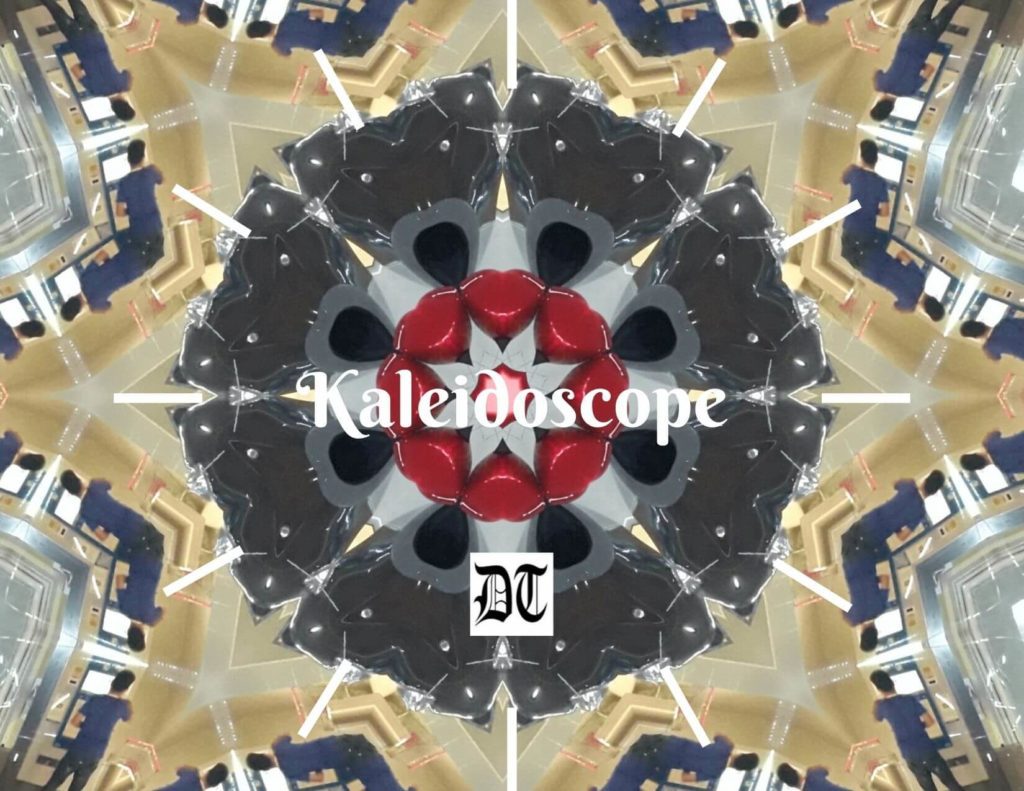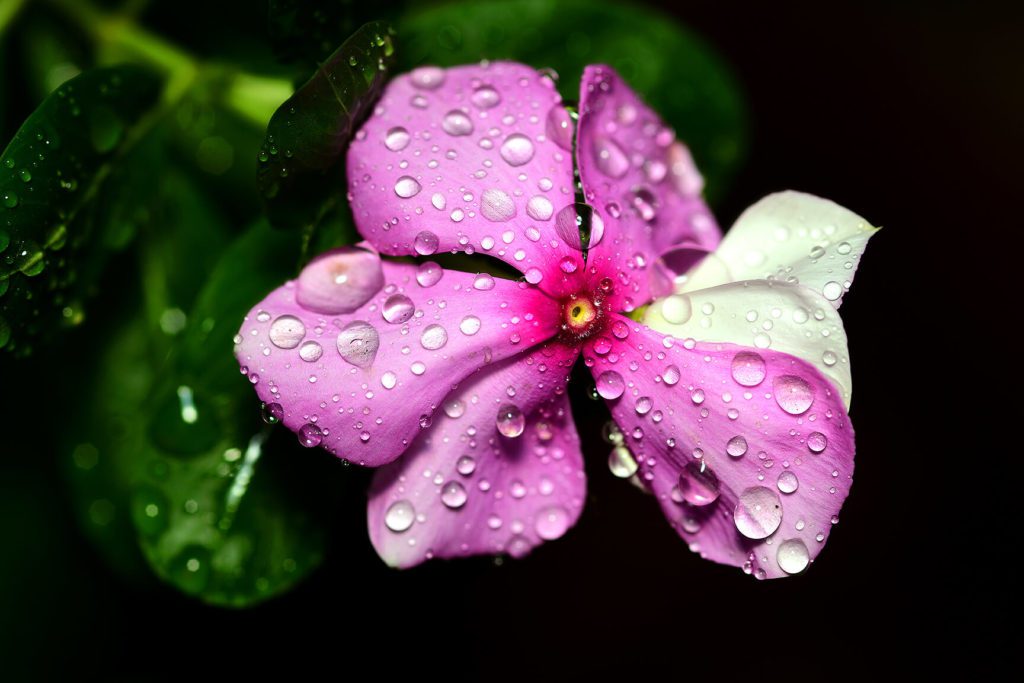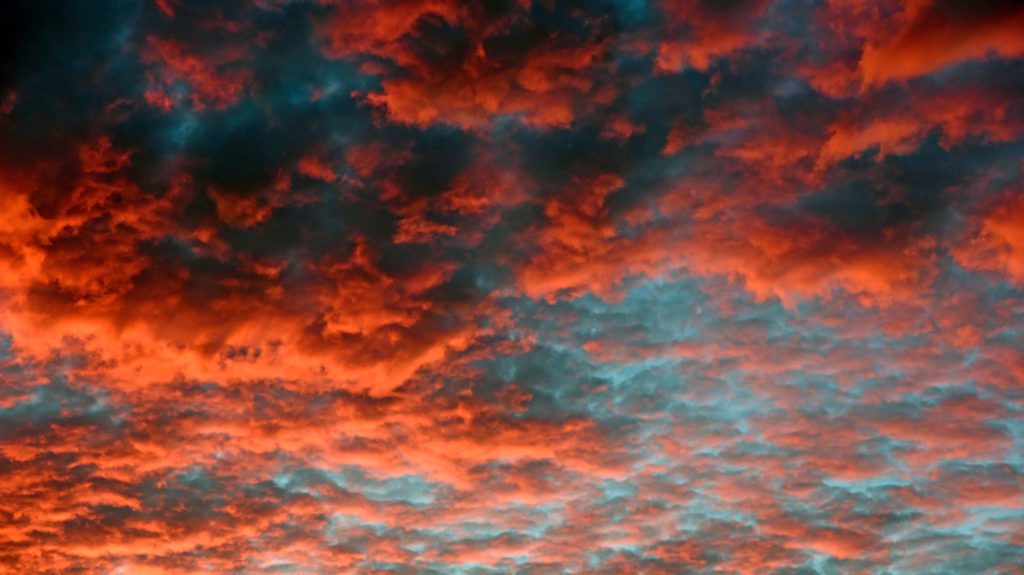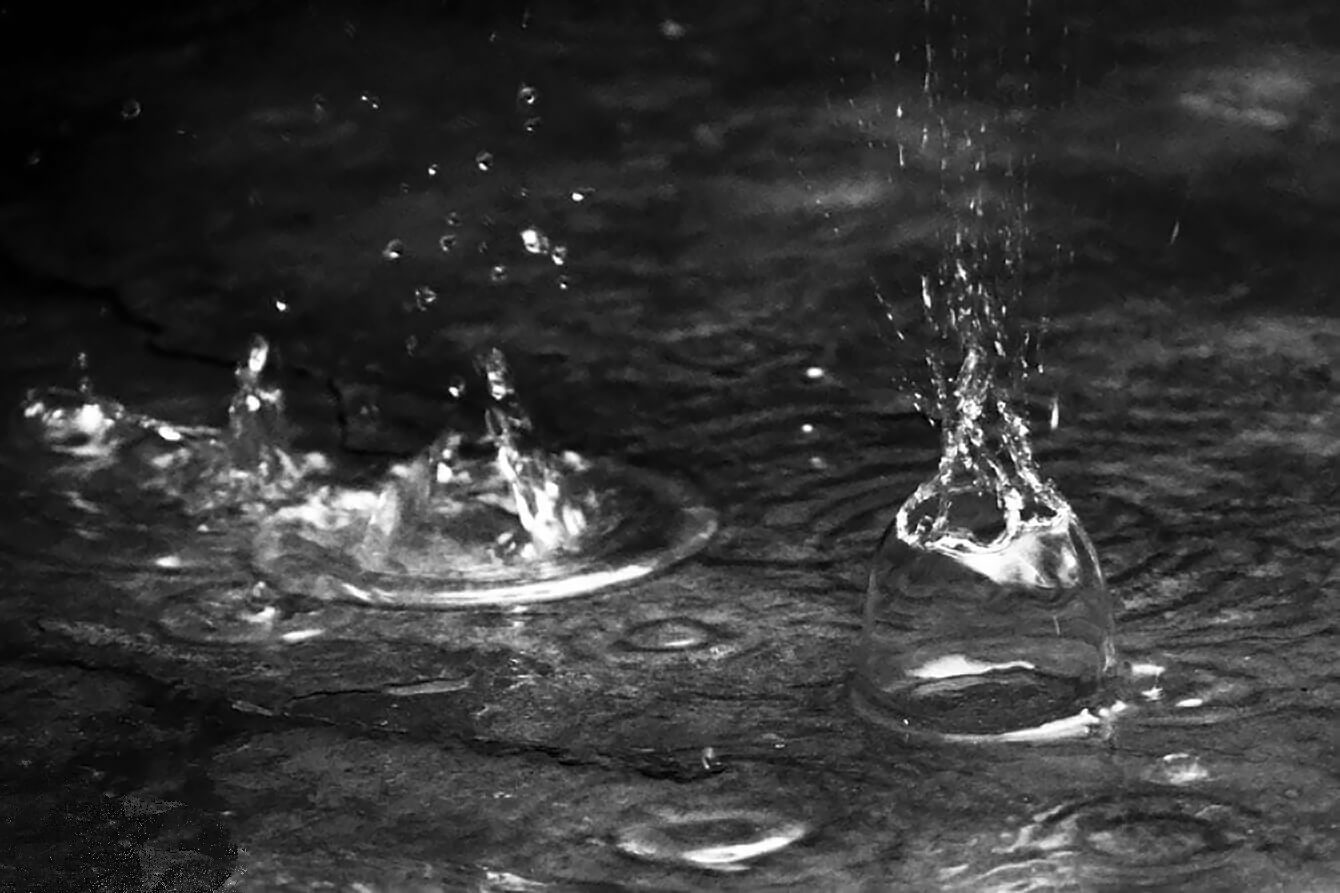Reading Time: 7 minutes
Dr. Swaraj celebrates the beauty of Sawaan, in his seminal article, exploring its nuances in Hindi film and non-film songs, other than cultural overtures. An exclusive for Different Truths.

The month of July arrived unaccompanied by rains this year. Indian meteorologists had once again failed to gauge the mood of the Rain God Indra. All predictions about the early onset of monsoon had fallen flat. Lord Indra can be very unpredictable. He can be bounteous where he ought to be parsimonious and vice versa. To a believer, extreme weather events are examples of his moodiness. His whimsicality evades factoring into any scientific model.
We were already six days into the month of Saawan that began on 23rd July. There is a proverb about Saawan in Punjabi: Saoni de sau minh (a hundred in the month of Saawan). But what to talk of hundred, there was not even a single shower this time. Punjab is a predominantly agrarian state that depends upon timely rains for good harvest. But the rain enacting the disappearing trick was giving anxious moments to one and all.
Waiting for Rains
After the sunrise every day, we would turn our gaze towards the azure above. Whenever a solitary cloud appeared, we expected the skies to open up. But the lonely, loitering cumulus would end up being the election manifesto of a political party. The thunder would turn out to be just a jumla, empty verbiage. Every day we heard the broken, repeated pee-pee-ah of the papiha (Common Hawk Cuckoo) rising to a crescendo. In common folklore, the papiha’s song is believed to herald rain. But contrary to this belief, the papiha’s song also turned out to be a jumla. Well, the fact is that we can live with jumlas but not without rain.
Hence, we perform many rituals to propitiate the Rain God. The well-heeled … organise havanas.
Hence, we perform many rituals to propitiate the Rain God. The well-heeled and those who can, organise havanas. Accomplished singers sing Raag Megh Malhar. Then there are those like me who presume they can warble. They stretch their vocal cords like the papiha.
Happy Augury
It was on 28th July that dark grey cumulonimbus clouds made their appearance. It was a happy augury. The sun had been busy searing the earth till a day before. But on that particular day, it was nowhere. Even the drooping foliage appeared to be looking heavenward with incipient hope. And hopes should be nurtured so that they may bloom. What could be a better way to bring rain hopes to life than to sing Megh Malhar? Trying to mimic Jagjit Singh I started singing Nida Fazli’s ghazal composed in Mian Ki Malhar. And I sang with all the passion I could summon: Garaj baras pyasi dharti par phir paani de maula / Chidiyon ko daane, bachchon ko guddhaani de maula (Roar, thunder, pour and drench the parched earth, O Lord / Give birds some grains and children guddhani, O Lord) (Gudhani is a sweet made from rice and jaggery).
With my song I was aspiring to reach the heavens.

With my song I was aspiring to reach the heavens. Unable to make out what had come over me, my five-year-old grandson came out running. “What has happened, Dadu?” I said, “I’m praying for the rain.” He replied, “Dadu, my Ma’am taught us a poem yesterday during our online class. May I sing it for you?” “Why not, my child.” He started, “Rain, rain go away, come another day.” I loved my grandson’s innocent, high-pitched sing-song voice. But I was shocked by the incongruity between our lived reality and what we teach our children. I appreciated his rhyme but said, “Look at the sky my child. It is after a long wait that Lord Indra has remembered us. Let’s sing what we sang when I was your age.” “What’s that, Dadu?” he asked. Inviting him to join me, I started: Rabba rabba minh barsa / Saadi kothi daane pa (O Lord, O Lord! Bless us with rain / May our granary brim with grain.)
We both sang in unison. I believe the Rain God was moved. The wind picked up and there was thunder after long stony patience. We understood what the thunder presaged. My grandson looked at me and smiled. A drop of rain fell softly on his upturned face. Another one on a pink periwinkle which blushed with delight. All worries were drowned in the music of the rain. The gentle trickle was a torrent soon. All reserves were blasted away by the sight and sound of raindrops exploding on landing. My grandson started dancing in the rain, a flower among other ecstatic flowers. I joined him and we danced to our heart’s delight.
The Rain Arrived
The rain was late in coming, but it had announced its arrival with a bang. All dietary caution was thrown to the monsoon winds. It was the time to savour crispy homemade potato and spinach fritters. These were followed by mal puras (wheat flour pancakes) and kheer (rice pudding). The icing was large mugs of sweetened milk tea.
There were puddles of water everywhere. How can one forget to launch paper boats and not remember Sudarshan Fakir’s “Woh kagaz ki kashti, woh barish ka pani?” (That paper boat, that rain-water)?
Monsoon rains, sure enough, bring mists of nostalgia also with them.
Monsoon rains, sure enough, bring mists of nostalgia also with them. Lurking somewhere in those mists are memories of our pre-Lapsarian world of childhood. It was a world in which nothing else mattered except boats, glass beads and kites. And of course there were also dreams for which we had plenty of time. An impossible utopia now.
Saawan symbolises revival, renewal, hope, desire, longing and pangs of separation. It comes as a benediction to the thirsty, sere earth. There was a time when monsoon rains brought families and friends together. I remember how we sang film songs which had Saawan and rains as their leitmotif.
Films Glamorised Rains
In fact, Indian films have generally glamorised rain. Rain is an overdetermined symbol of fertility, love, dalliance, amorousness and anguish of separation. It is a time-tested objective correlative for telescoping contradictory emotions in a single image. Some old movies had more than one rain song in them.
One of the oldest songs we would sing was from the 1944 Film “Rattan”.
One of the oldest songs we would sing was from the 1944 Film “Rattan”. It has been sung by Karan Deewan and Zohrabai Ambalewali. Its lilting refrain was everyone’s favourite: Saawan ke badalo unse ye ja kaho / Takdir me yahi tha sajan mere / Na ro Saawan ke badalo (O Clouds of Saawan, tell my love / This all is my destiny / Don’t weep O clouds of Saawan). At that time, I just loved the rhythm, flow and undulating cadences. Much later only did I realise that it was a poignant expression of unrequited love.
Another one we sang in chorus was from the same film: Rum jhum barse baadarwa, mast hawain aayin / Piya ghar aa ja aa ja, piya ghar aa ja (Wafted on intoxicated winds, rum jhum, rum jhum patters the rain / Come back home my love, come back my love). It is a passionate cry of a woman in love missing her lover. The rain clouds are there but the two lovers are separated from each other. Their punishing destiny torments them in the season of fertility and rejuvenescence.
Song Celebrating Sawaan
Another favourite song celebrating the arrival of Saawan was from the 1953 film “Do Bigha Zameen”: Haryala Saawan dhol bajata aya / Dhin tak tak mann ke mor nachata aya . . . Ek agan bujhi, ek agan lagi, mann magan hua, ek lagan lagi… (Verdant Saawan has come dancing / Echoing the beats of drums / Dhin tak dhin tak / My heart prances with peacock abandon … a fire is doused, another ignited, mind delighted, a passion aroused …). Sung by Lata Mangeshkar and Manna Dey, its foot-tapping rhythm is the perfect way to welcome rain. The use of alliteration and assonance lend it raw, irresistible energy. The rhythm alone drenches the body and the soul. Pure aesthetics, music, longing and hope intermingle.
…Look O brother, playing the music of raindrops on her tambourine comes the rain-bride.
And then there was another masterpiece from “Do Ankhein Barah Haath.” This chirpy melody has been sung by Lata Mangeshkar and Manna Dey: Ho umad-ghumad kar aayi re ghata / Kare-kare badra ki chhayi-chhayi re ghata / …. Nanhi-nanhi bundaniyo ki khanan-khanan khan khanjari / Bajaati aayi, bajaati aayi dekho bhai barkha dulhaniya. (Whirling, swirling, casting shadows giant gather the dark thunderheads …. Look O brother, playing the music of raindrops on her tambourine comes the rain-bride). Bharat Vyas, the lyricist imagines rain as a young bride. The perkiness of the song makes levitation and time travel into a land of dreams a breeze.
The coalescence of rain and papiha occurs in a beautiful song from 1960 film “Parakh”. The song has been sung by Lata Mangeshkar: O sajana barkha bahar aayi / Ras ki phuhaar layi, ankhiyon mein pyar layi …. Tumko pukare mere mann ka papihara / Meethi meethi agni mein jale mora jiyara (O my love, the rain-filled spring is here / Bringing showers of nectar and love to these eyes …. The papiha in my heart calls out to you / And smoulders in sweet desire). The synaesthetic imagery tickles all the senses. The whole being throbs and thrums to the incantatory rhythm of the song. Onomatopoeic syntax and functional rhythm combine to create a symphony that rain itself is.
Aggravating Lovesickness
It is not that the tenor of all songs inspired by Saawan is celebratory. Being associated with fertility, Saawan is also associated with aggravating lovesickness. A song from 1964 film “Dooj Ka Chand” foregrounds this idea. Sung by Lata Mangeshkar, it narrates the sorrows of a maiden’s abhagan preet (ill-starred love): Pade barkha phuhar / Kare jiyara pukar / Dukh jaane na hamaar / Bairan rutt barsaat ki, barsaat ki (Pitter-patter the raindrops / My mind pines and wails / Oblivious of my sorrow is / this enemy season of rain). Here Saawan is an enemy that deepens the pain of separation from the lover. The overall tenor is indicative of hopelessness. But hope is coextensive in this song with hopelessness, the way the word ‘hopelessness’ contains hope.
A Lata-Rafi duet from1966 movie “Dil Diya Dard Liya” suggests that Saawan is a state of mind…
Saawan is not just about the rain. A Lata-Rafi duet from1966 movie “Dil Diya Dard Liya” suggests that Saawan is a state of mind: Saawan aaye na aaye / Jiya jab jhoome Saawan hai (Saawan may or may not come / Saawan is when the heart dances with joy). Even in the absence of rain, one can be in a Saawan mood.

Mellifluous Kajri
One can just go on and on. It is impossible to talk about hundreds of Saawan songs in Hindi movies. Nevertheless, I believe I cannot do without mentioning one non-filmi song before signing off. It is sheer honeyed, mellifluous traditional Kajari sung by Ghulam Ali. Kajari is a genre of semi-classical style of singing. It generally describes the longing of a maiden when dark rain clouds cover the sky: Barsan laagi Saawan bundiya Raja, tore bina laage na mora jiya (Saawan has begun drizzling, my Prince / Without you I’m a fish out of water).
On 28th July after the first Saawan showers, the evening sky was ablaze. There was intense drama of yellow and deep orange, with a touch of damson here and there. My grandson asked me where the clouds had come from and where they were going. I had no answer. Only Lord Indra can tell.
Photos by the author


















Beautiful anecdotal article on our jhoomta saawan. Reminds us of our childhood so poignant and fun filled. Dr Swaraj, my favorite is not amoratary or singing praises of our beloved Saawan. My nostalgia makes me go back to harken it as a messenger: Ab ke baras bhej bhaiya ko Babul…” somehow causes real pangs.
Yes, Sarita. I too had this Bandini song in my mind. There were many others too. Perhaps they may one day spur me to write a bigger article. The last stanza of Ab ke baras bhej bhaiya ko babul (Bairan jawani ne chhene khiolne … naa koi naihar se aye re) not only tugs at the heart, but brings Saawan to the eyes also. Thank you so much for your beautiful comment.
Definitely sir, rains bring so many memories and so many songs to our mind
Kaare kaare baadra, ja re ja re badra.. Mori nagaria na shor macha…
Ab k sajan sawan mein from chup chup ke
Tujhe dulhan banaunga.. saawan ko aane do..
Aaya sawan jhoom k…
Ghannan ghannan ghir aaye badra from Lagaan…
A few to add to the list..
Thanks a lot, Dr. Sadeep. When write-up was in my mind, I noted down about 65 songs dealing with Saawan and rains. I could not include all those in a short piece. Maybe, let’s hope a book materializes one day on this topic. I am really thankful for your encouraging comments and endorsement of what I have written.
In addition to a number of nostalgic old songs of films I also enjoyed two small references in this piece. One pertains to the contemporary politics that declares: “we can live with jumlas but not without rain”. The second one is the reference to our education system that is insensitive to our realty and asks rain to go away. For me such layered writing is always powerful enough to go deep into my mind and create a powerful current of ideas. Thanks Dr Swaraj.
I need to thank you, Sir. Certain things impact us better if they are only hinted at, rather than elaborated upon. Hats off to you Sir for unmasking the deeper layers. Regards
Amid anxiety and violent ridden world remembering, recollecting and singing Sawan songs definitely soothes restless mind and pacifies pounding palpitations. Beautiful and well written piece.
Thanks a lot, Prof. Virk Sir. I love the music you create with ‘pacifies pounding palpitations”. Your motivation always spurs.
In addition to a number of nostalgic old songs of films I also enjoyed two small references in this piece. One pertains to the contemporary politics that declares: “we can live with jumlas but not without rain”. The second one is the reference to our education system that is insensitive to our realty and asks rain to go away. For me such layered writing is always powerful enough to go deep into my mind and create a powerful current of ideas. Thanks Dr Swaraj.
Thanks a lot, Sir. Such perceptive reading is definitely reading between the lines.
Sir thank you for sharing it me. it was a delight for me.
My personal favourite of all rain songs is from film Chupke Chupke. The lyrics and the music both are lovely.
The observation of our mechanical and insensitive education system is quite apt.
Sir thank you for sharing it me. it was a delight for me.
My personal favourite of all rain songs is from film Chupke Chupke. The lyrics and the music both are lovely.
The observation of our mechanical and insensitive education system is quite apt.
Thanks alot sir.
Thanks beta, for your comments.